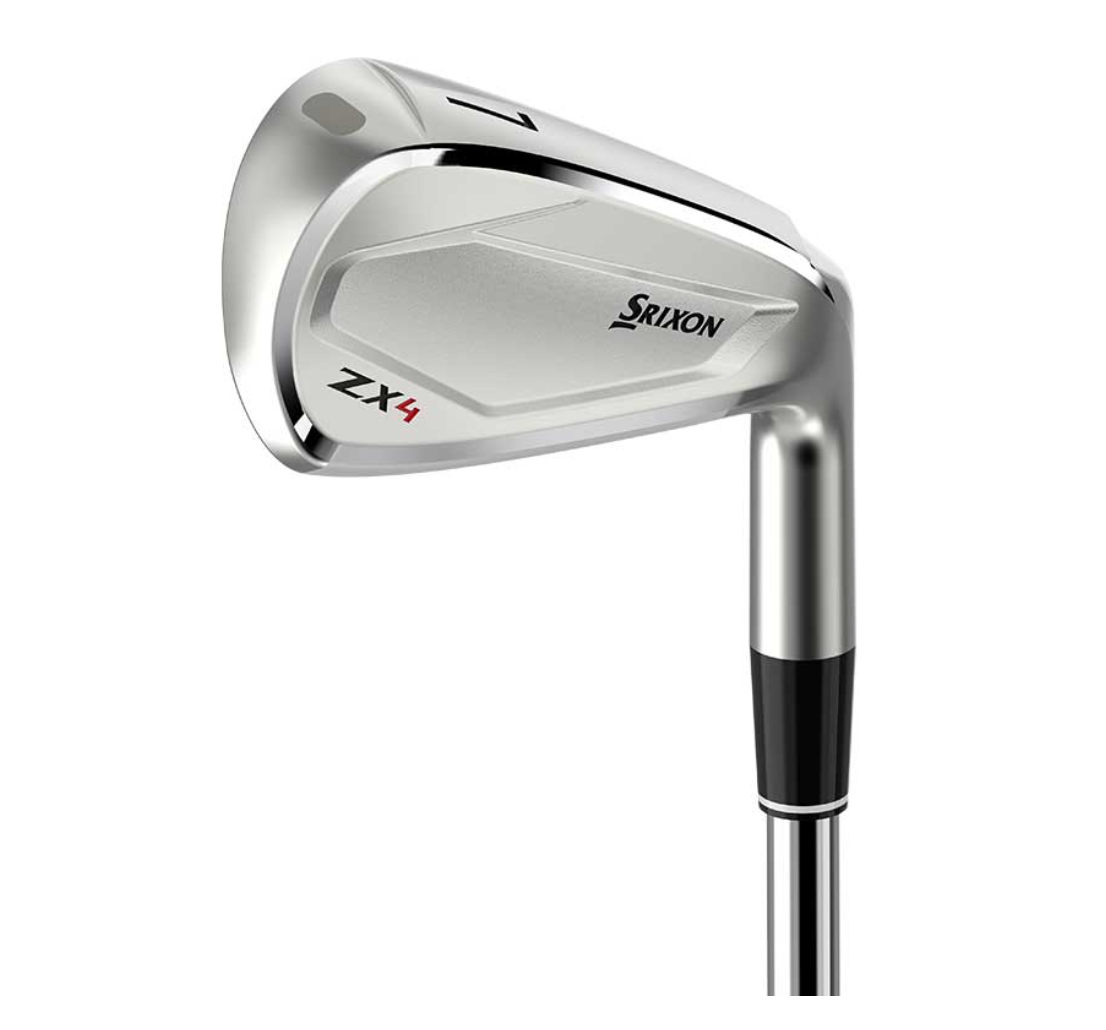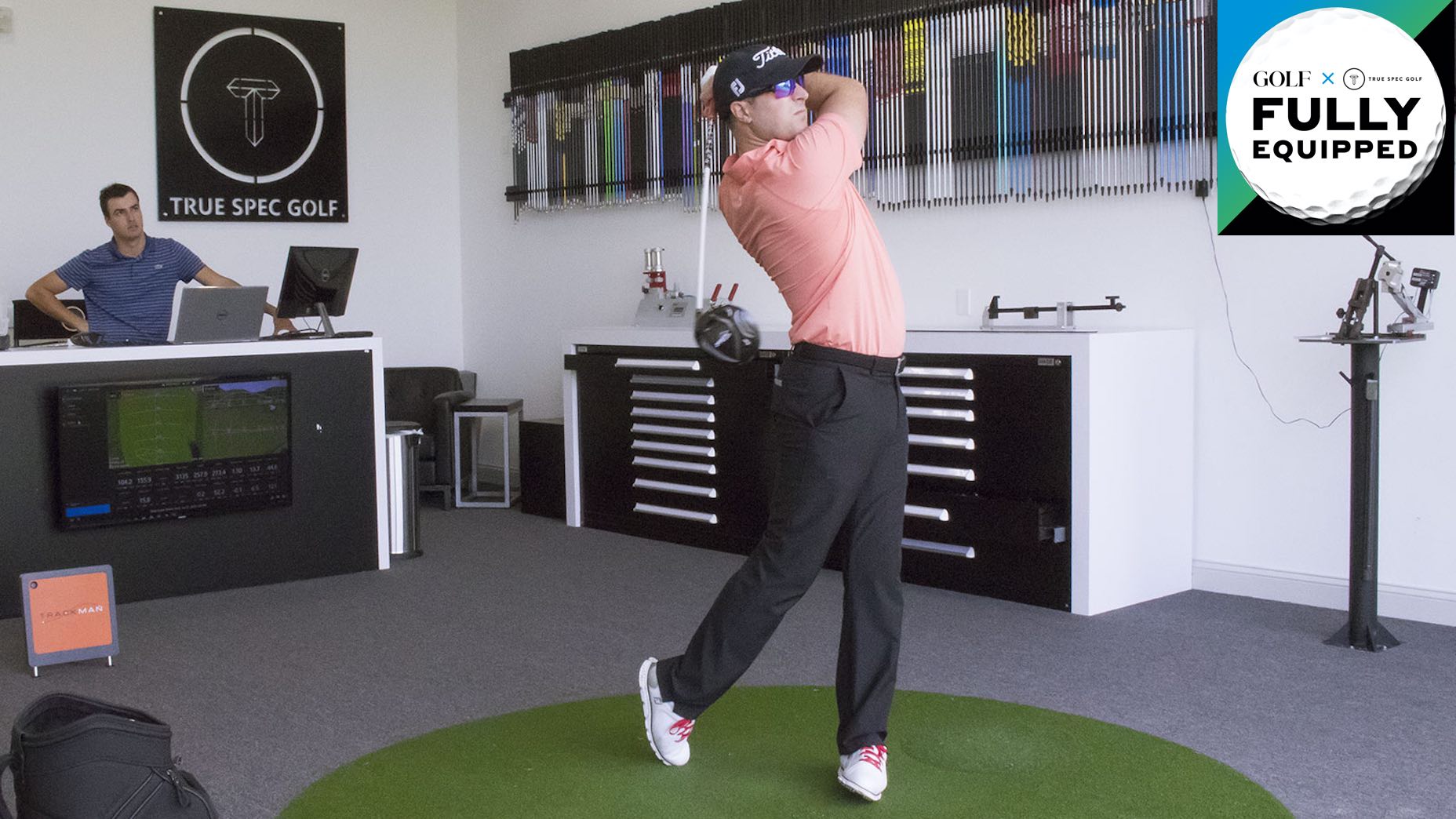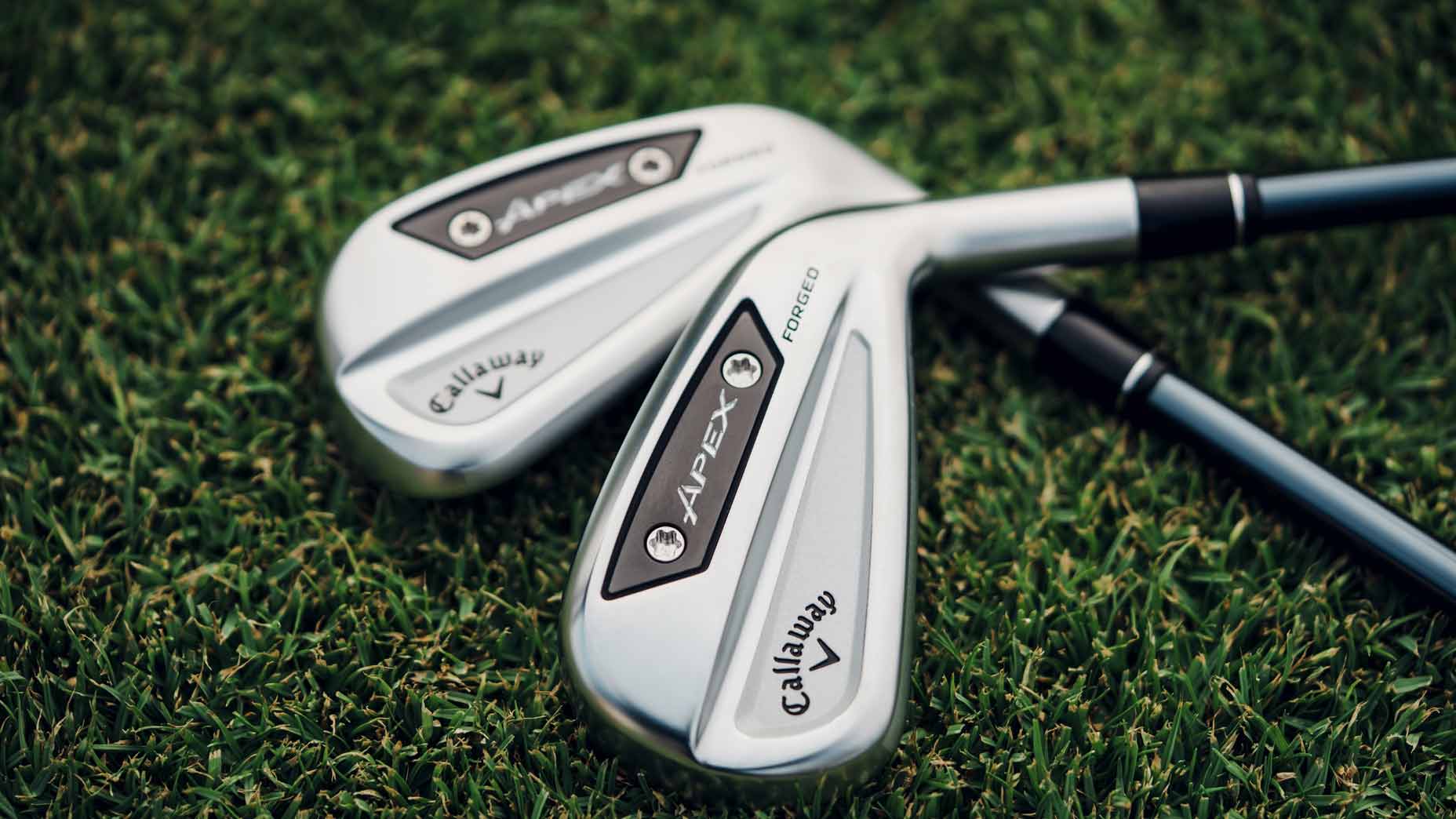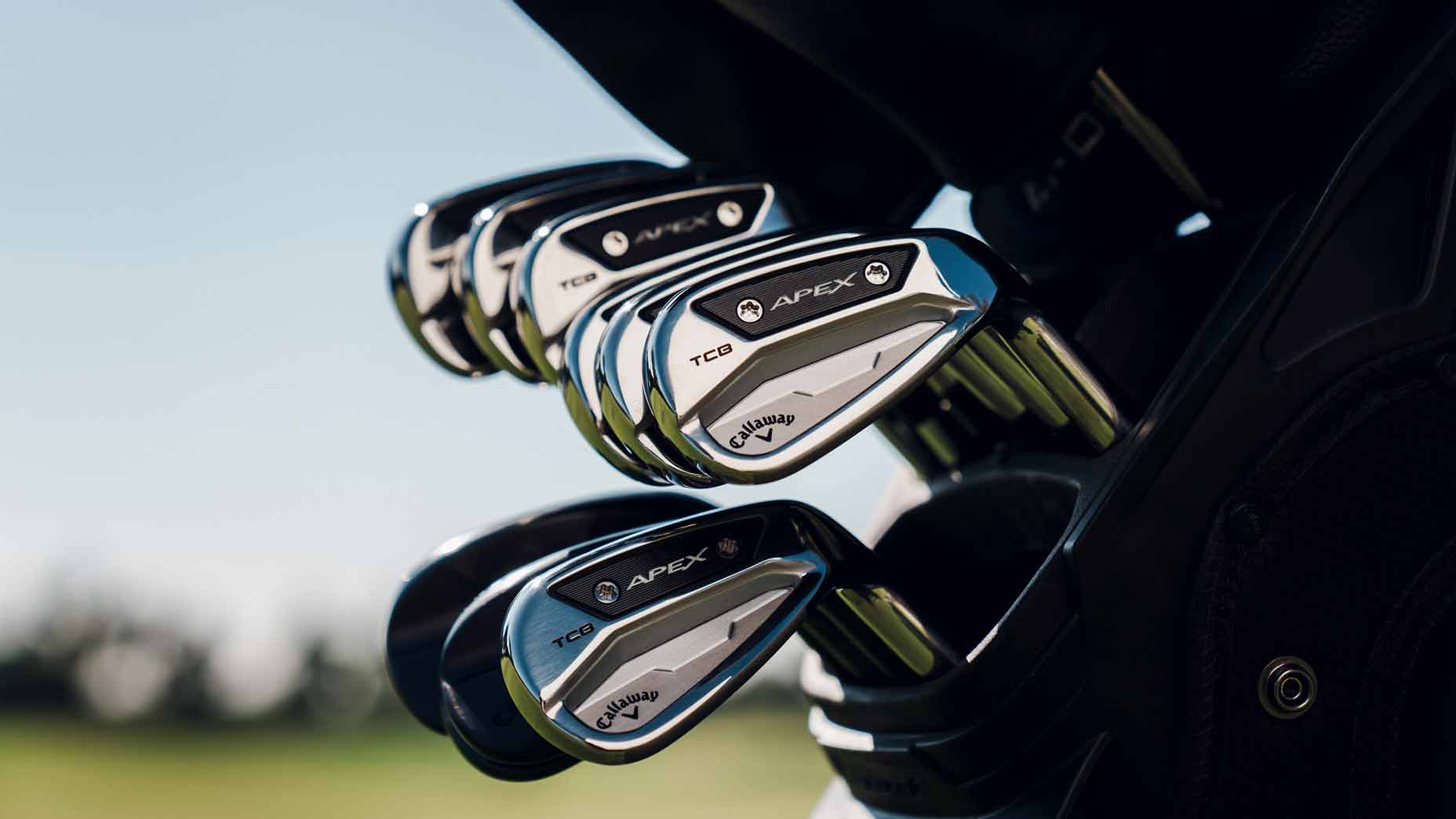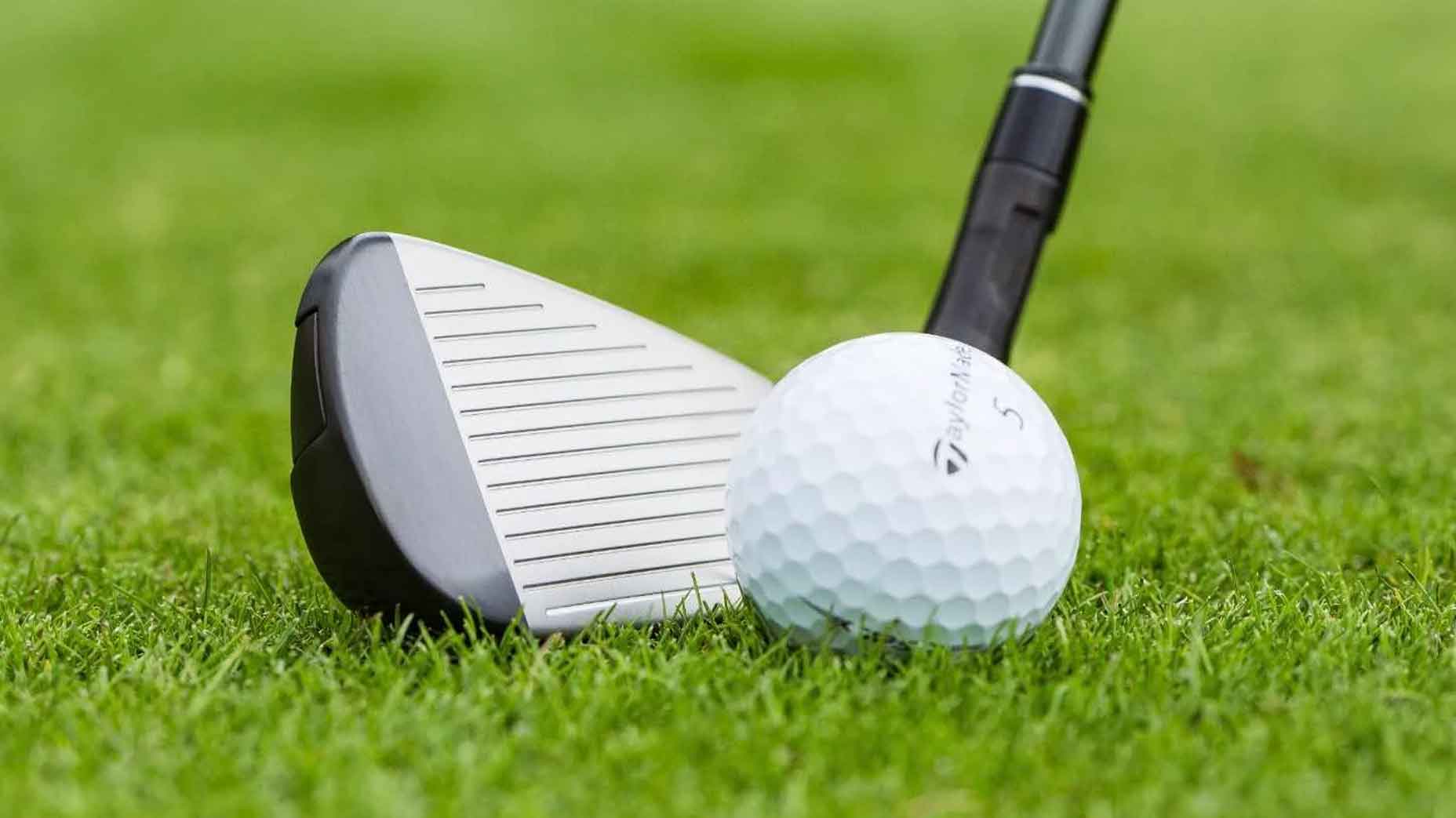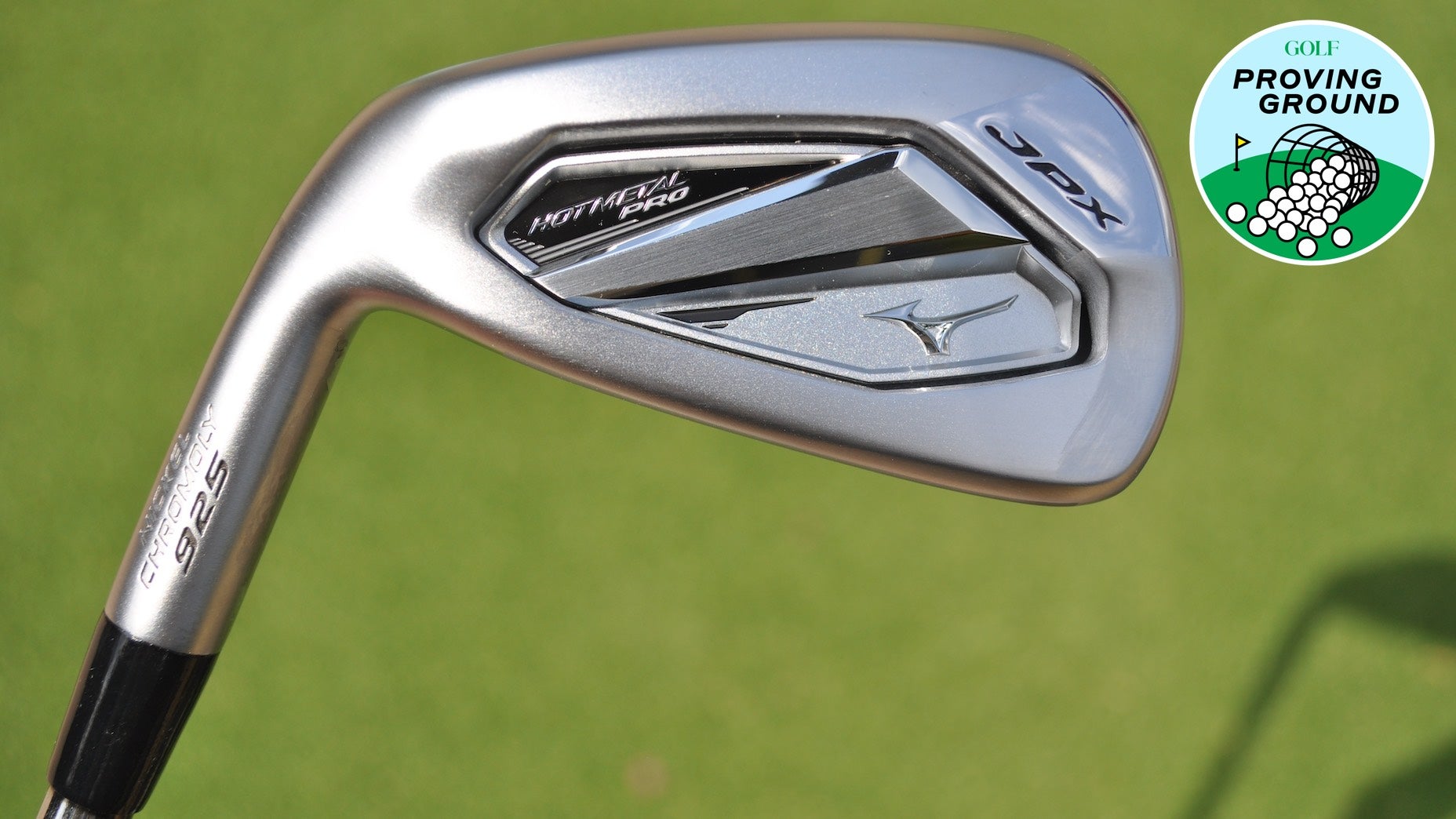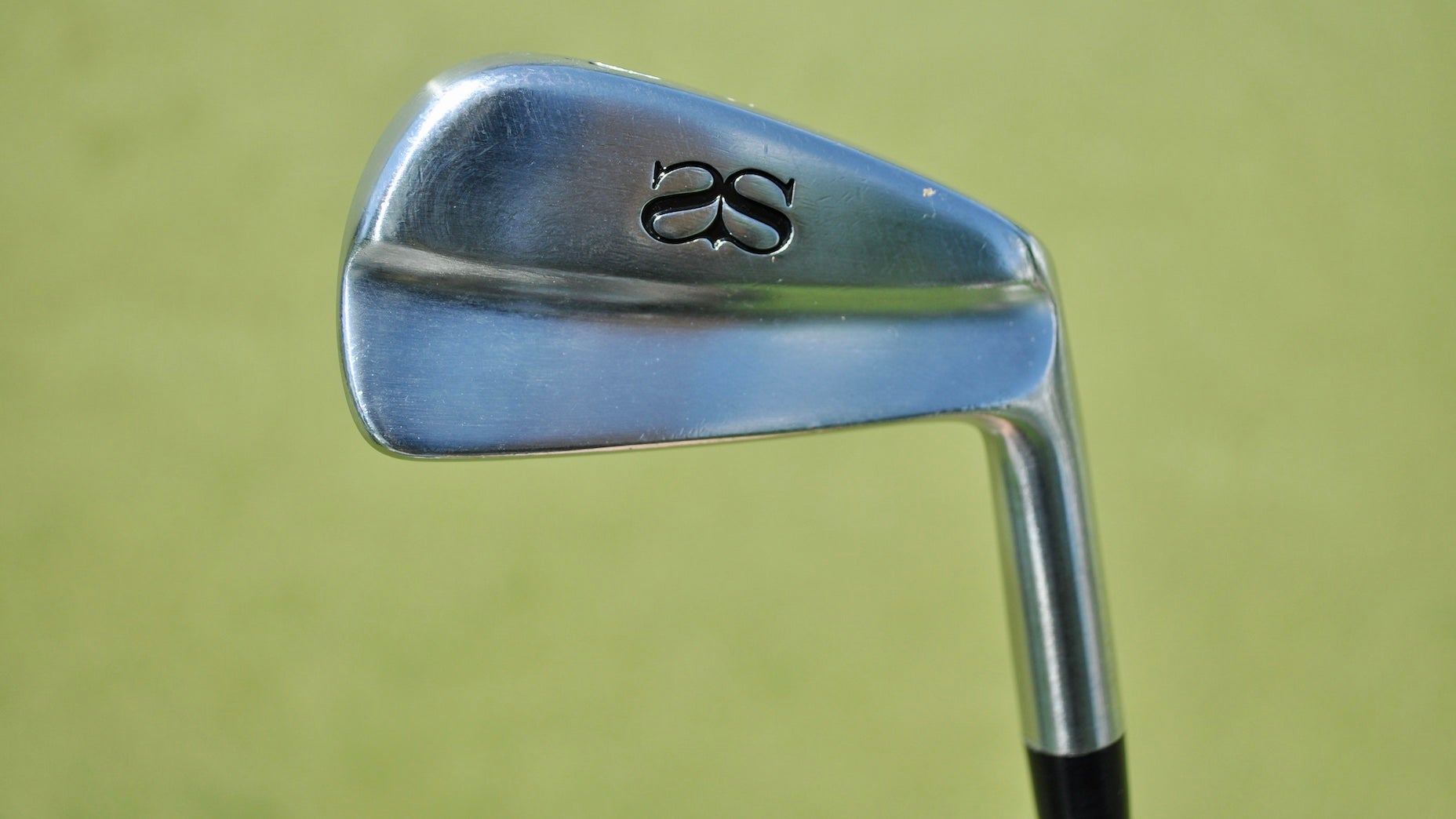Gear Questions You’re Afraid to Ask: As a beginner, how do I find the right set of irons?

Buy irons that suit your ability now and not the ability you aspire to have.
getty images
Welcome to Gear Questions You’re Afraid to Ask, a GOLF.com series produced in partnership with Cleveland Golf. This week we’re looking at what can be a daunting proposition for novice players: purchasing a first set of irons. Where do you begin? What is the appropriate set makeup? And how do you know what is the right model of irons for your game? If you have these questions and feel a bit overwhelmed, we’ve got five easy buying tips. Read on, rookie!
1. Buy for the game you have right now
You’re in the learning phase (spoiler alert: this phase never really ends!) so it’s important you find an iron set that will help make the game easier and more enjoyable. Don’t fall for the lie of buying a set that you will “grow into” or “will help make you into a better player.” Instead, stick with a set that is calibrated to your playing level at the moment you buy them.
This almost always means opting for what’s called a cavity-back or hollow-body iron design. In both cases, cavity-back and hollow-body irons (the latter tend to cost a bit more) are built for added forgiveness and distance thanks to perimeter weighting and in some cases a low center of gravity to help the ball get airborne faster and also fly higher and longer.
Better players tend to prefer smaller iron profiles, which sometimes feature modified cavity-back or blade-style profiles. But since you’re not quite there yet, gloss over that category and stick with game-improvement irons. Hey, even if by chance you are some sort of golf savant and you’re already a better player before you play your first full 18 holes, you should still start with a perimeter-weighted iron set. Trust us.
Srixon ZX4 irons
2. It’s kind of hard to screw it up, as long as you get fitted
Practically every major equipment manufacturer makes great irons these days. I’ve been around long enough to remember when that wasn’t the case, but now there’s a stellar iron set on pretty much every club rack at your local golf store. The key is to make sure they suit your ability — you really need to heed the advice in Step 1 and stick with the right category of irons, no matter what brand you prefer.
Also, an iron set needs to match your swing type, your height, arm length, hand size, even how fast you swing to ensure you’re getting the best possible performance. By far the best way to ensure that is to by consulting with club-fitters, such as the experts at our sister company, True Spec Golf. Even if buy your set online or off the rack and not from a club-fitting pro, you can still get your sticks tweaked and fitted by a reputable club-fitter after the fact. This includes determining if you’re better off with steel or graphite shafts, which can be a costly conundrum that you’re better off solving with a fitter before you invest in a set.
3. Hybrids should be part of your iron set
Hybrids are the funny looking clubs that reside somewhere in-between a fairway wood and an iron. They are essentially long-iron replacements (long irons unofficially start at the 5-iron and down), not extra fairway woods, and you should carry at least one or two of them in your set. There’s no sense in playing a long iron — really, hybrids are much easier for everyone, regardless of ability.
4. Reassess your iron makeup after a year or two
We’re not saying you need to scoot out and drop several hundred dollars on a new set every couple years, but as you get better and your swing improves, you may need to have the lofts and lies adjusted on your irons, or more commonly, you may need to switch out to some different shafts that better match your improving tempo and swing speed. You may also need to consider adding or removing a hybrid or gap wedge to meet your needs, again as you improve.
5. Try ’em before you buy ’em
You may be scouring the Web for your next set of irons and that’s perfectly fine. The cool thing about buying online (as you can do in our Pro Shop) is with some retailers, you have the option to try them out before you fully commit to what’s easily the most expensive addition to your bag. To wit: GlobalGolf’s UTry system, which requires only a non-refundable deposit to demo the club first. If you like it and want to keep it, simply pay the remaining balance due. If you don’t, send it back. Even though you’ll lose your deposit, it’s still a great deal, because you can’t put a price on finding the right clubs for your game.

